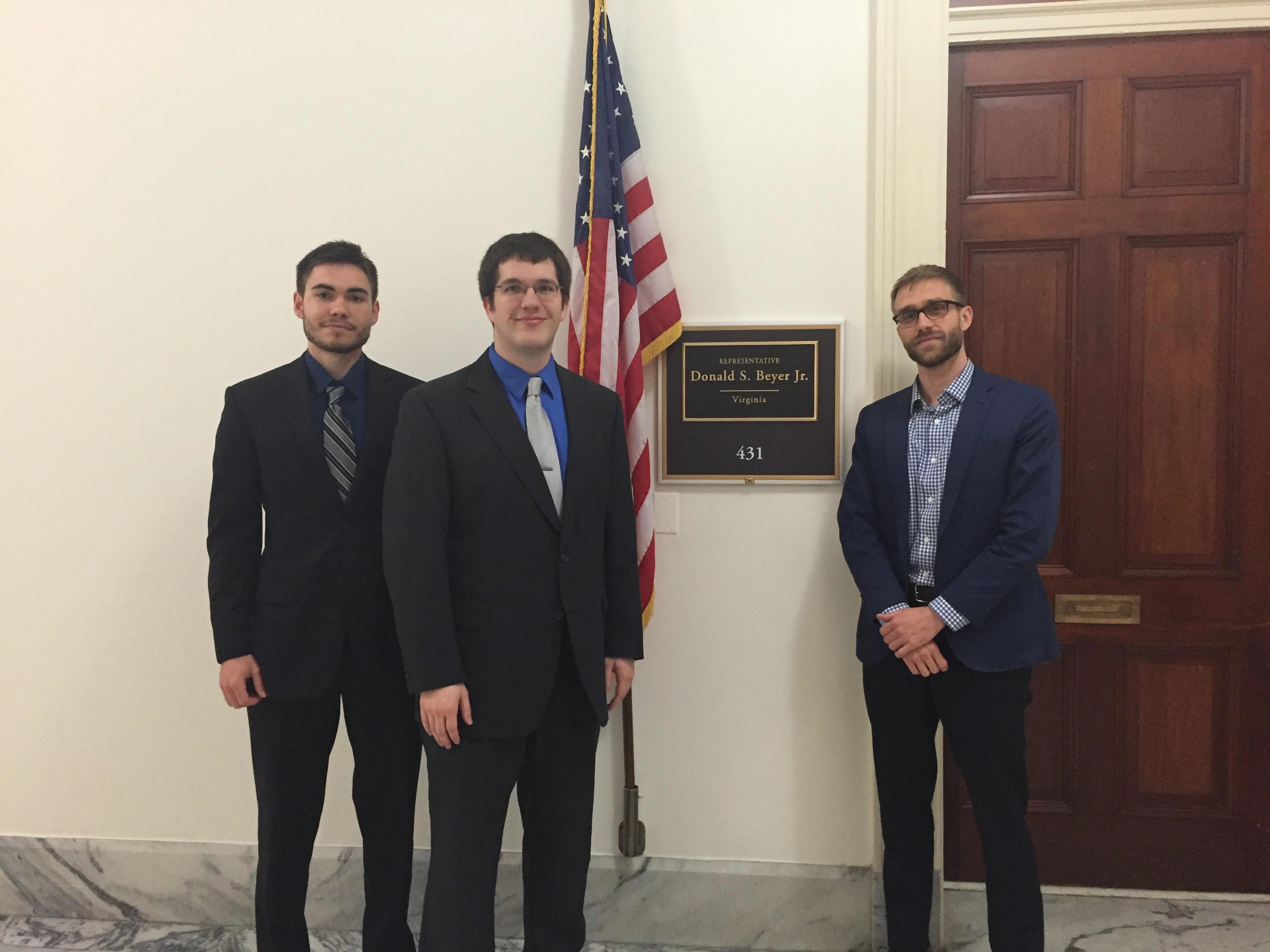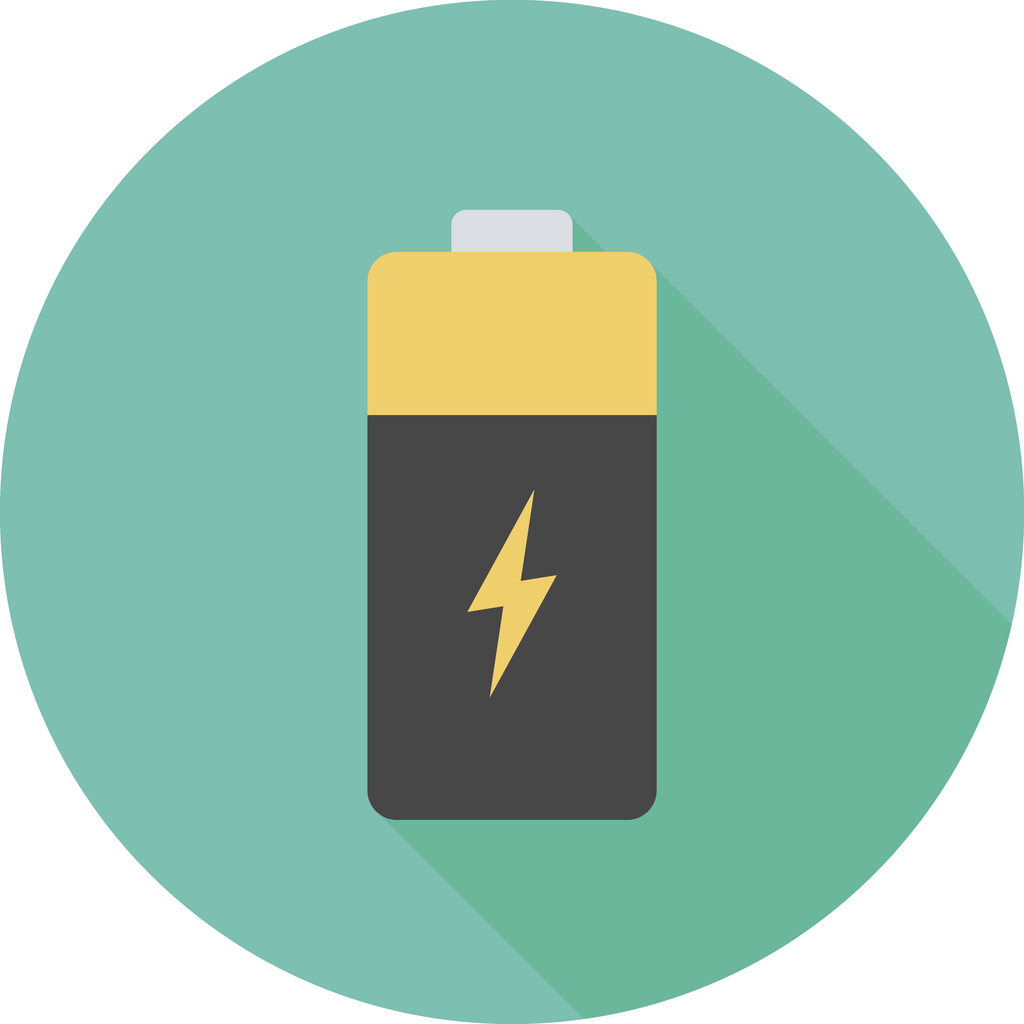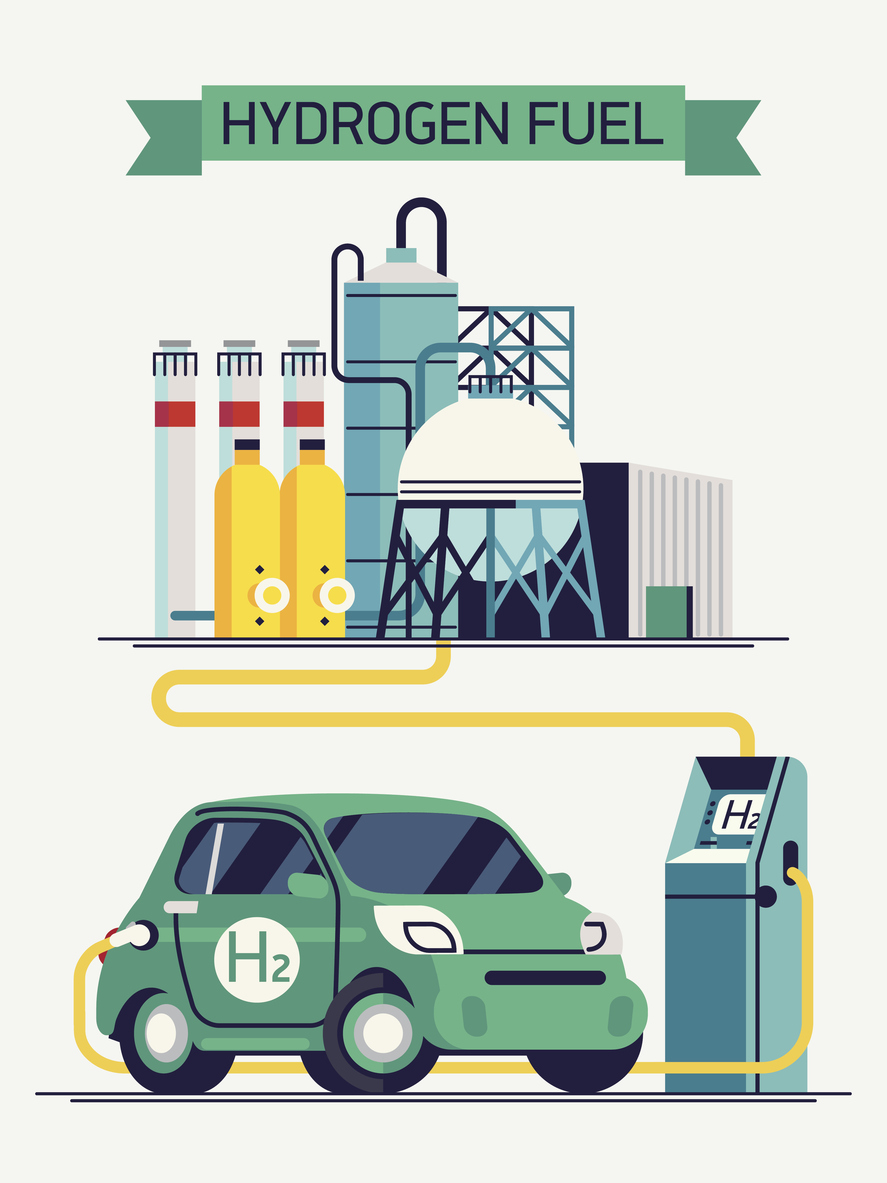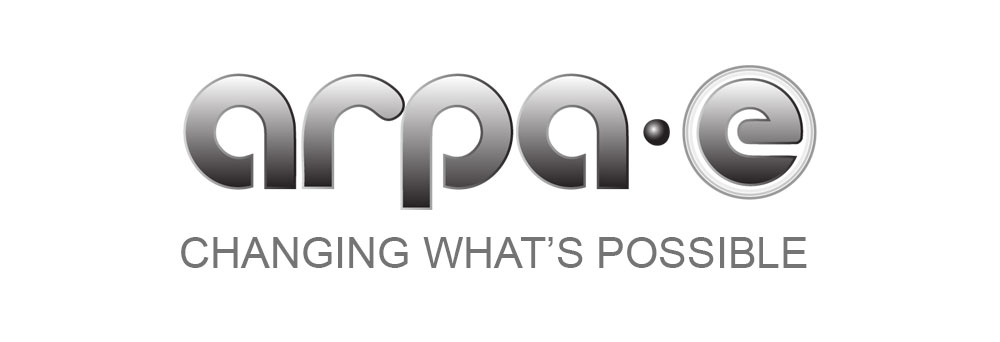By: Alyssa Doyle, ECS Membership Intern
ECS would like to congratulate the 2017 Outstanding Student Chapter winner, the University of Maryland for their dedication and commitment to the advancement of solid state and electrochemical science and technology.
The award (formerly The Gwendolyn B. Wood Section Excellence Award) was first created in 2012 to distinguish student chapters that represent and uphold ECS’s mission by maintaining an active student membership base, participating in various technical activities, and organizing community outreach in the fields of electrochemical and solid state science and engineering education.
The University of Maryland student chapter has come a long way since its initial approval in 2011 and has become one of ECS’s most exemplary chapters. The chapter previously won the Outstanding Student Chapter award in 2013 and has been a Chapter of Excellence for the last three years.



 A novel compound called 3Q conducts electricity and retains energy better than other organic materials currently used in batteries, researchers report.
A novel compound called 3Q conducts electricity and retains energy better than other organic materials currently used in batteries, researchers report. Want to see Electrochemistry in Action and ride in one of the world’s first commercial fuel cell cars while at the
Want to see Electrochemistry in Action and ride in one of the world’s first commercial fuel cell cars while at the  As the U.S. military
As the U.S. military  The National Science Foundation is spearheading a $2.4 million research initiative to develop new methods to create commercial fertilizer out of wastewater nutrients. Among the researchers working on this project, ECS member and chair of the Society’s Energy Technology Divison, Andrew Herring, is leading an electrochemical engineering team in electrode design, water chemistry, electrochemical operations, and developing a bench-scale electrochemical reactor design.
The National Science Foundation is spearheading a $2.4 million research initiative to develop new methods to create commercial fertilizer out of wastewater nutrients. Among the researchers working on this project, ECS member and chair of the Society’s Energy Technology Divison, Andrew Herring, is leading an electrochemical engineering team in electrode design, water chemistry, electrochemical operations, and developing a bench-scale electrochemical reactor design. By: Alyssa Doyle, ECS Membership Intern
By: Alyssa Doyle, ECS Membership Intern
 In a
In a